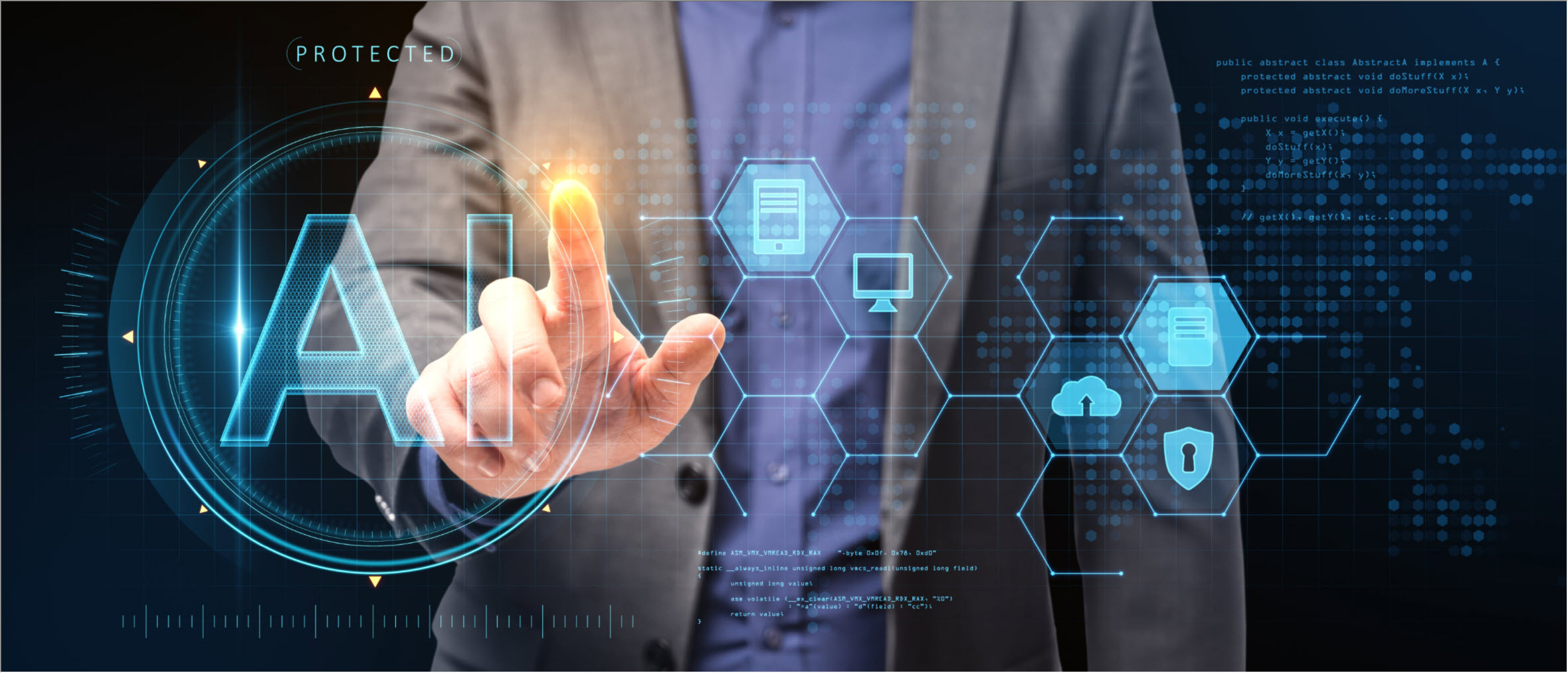Generative AI: The IT Services Industry’s Game Changer
Remember the days when writing the code for a single test automation case, took hours? I do. Now, imagine AI crawling through the application, automatically generating test cases, identifying the ideal candidates for automation, generating automation scripts, and producing test execution results in your CI/CD environment. Welcome to the era of Generative AI in the IT services industry—a new frontier where only imagination is our limitation.
At its core, traditional AI refers to systems capable of performing tasks that usually require human intelligence—like reasoning, learning, and understanding language. Generative AI goes a step further. It's not just about understanding or replicating; it's about creating. From writing code to generating lifelike images, Generative AI uses advanced techniques to produce content that's often indistinguishable from human made.
The application of Generative AI isn't just theoretical; it's already here. When I saw our Lotos Test Management Suite spit out test cases from bare-bone business requirements and generated selenium scripts in Java/Python in a matter of minutes, it got me thinking about the fundamental shifts that AI will usher in for the IT Services industry. It called to my mind, another, albeit similar shift that happened in the early 1990s when the IT services industry discovered the ‘Global IT Delivery Model’, which relied predominantly on labor arbitrage to shift the repetitive, manual tasks of writing software code, testing, and application maintenance to offshore centers.
Given Generative AI creates automated content including software requirements, code, and tests, helps achieve incredible levels of personalized software design, and enhances IT security by simulating cyber-attacks, is the value proposition offered by the Global Delivery Model fast disappearing?
Now that we know that AI can do these tasks at a fraction of the cost, with better quality and speed to market, what will it mean to the hundreds and thousands of testers and developers that IT Service Providers have hired over decades? Take the example of Paytm which recently announced that it “will be able to save 10% to 15% in employee costs as artificial intelligence (AI) has delivered more than we expected it to ”, which has now been followed by many others including Google.
While the advent of Generative AI has immense potential for the IT services industry, it has serious ramifications in terms of its fundamental business model. The ability of AI to automate significant portions of the development and testing process will reduce the demand for a large workforce traditionally employed in these roles. Companies will need fewer developers and testers, impacting employment in these areas.
Consequently, the nature of jobs will evolve, with a higher demand for skills in overseeing, interpreting, and improving AI outputs. Workers will need to adapt to roles that require more oversight, maintenance, and ethical consideration of AI systems. New job categories will emerge, focusing on AI training, monitoring, and ethical governance.
The Grand View Research estimates that the “global IT services market size was estimated at USD 1.22 trillion in 2022 and is expected to grow at a compound annual growth rate (CAGR) of 9.7% from 2023 to 2030 ”. Companies that invest in the training and education of their workforce will do well to ride the wave of Generative AI in the IT Services industry.
They will need to invest heavily in upskilling or reskilling their workforce to learn how to work alongside AI, understand its outputs, and provide the creative and strategic input that AI cannot.
The impact of Generative AI on the IT services industry is multifaceted, affecting cost structures, workforce dynamics, business models, and the overall economy. While it presents significant opportunities for cost savings and innovation, it also necessitates a rethinking of job roles, skills, and education in the IT workforce. The industry faces the challenge of integrating Generative AI in a way that maximizes its benefits while also addressing the ethical, employment, and economic implications of this transformative technology.

